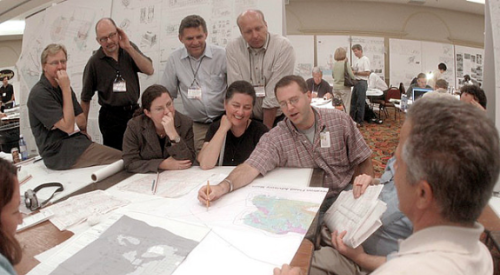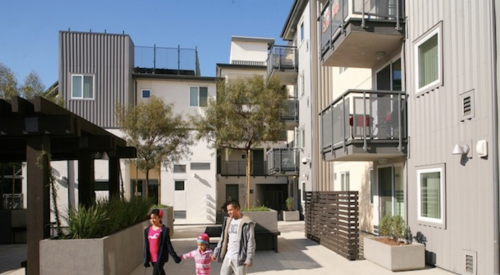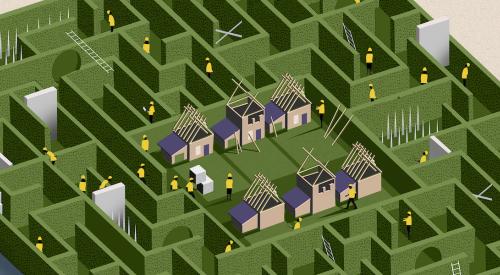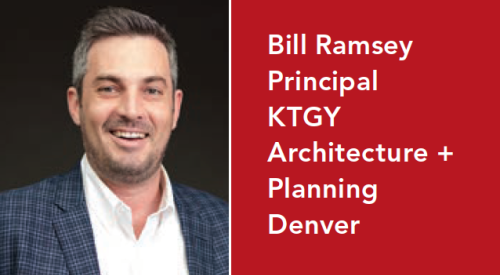|
Heather McCune, Editor in Chief
|
At a recent meeting of the Residential Neighborhood Development Council of the Urban Land Institute, members broke into small roundtables to debate the weighty subject of crafting a great neighborhood. Questions considered include:
- Is there a difference between suburban and urban neighborhoods?
- How does a builder take urban ideas and apply them to a suburban setting?
- What is the best in suburban living and how does a builder recreate it in an urban context?
After 60 minutes of sharing ideas and experiences around the table, it became my task to sum up the exchange for the body of the whole. Blessed with great tablemates, ideas flowed, and there was much to share. However, after listening to each builder's story and experiences, one issue stood out above all others: zoning. Builders know how to craft a great neighborhood - be it in an urban or suburban setting - but too often city and suburban zoning takes great to just good. Developers, builders and architects are zoned out of creating the neighborhoods buyers want. Nor can they deliver the community solutions both cities and suburbs need to become more livable and offer housing more affordably to all the residents.
In The Last Word, builder Sarah Peck recounts her experiences as president of a greenfield home builder and now founder of Progressive Housing Ventures, an infill specialist in Philadelphia. While challenges and opportunities abound in both types of building, adopting infill redevelopment as a business strategy puts Progressive on the side of city officials and planning review boards, says Peck, a very different reception than she received in her former position.
Similarly, the practitioners and projects profiled in this month's special report on infill opportunities succeed by standing apart from the standard process by which plans get reviewed and projects get approved. As writer Rebecca Hardin notes, today's infill developers are imaginative dealmakers and methodical problem-solvers. Their premise is simple: Find and define the opportunity; control it, capitalize it and deliver what the market wants - profitably.
One project, Pembrooke Park in West Bloomfield Hills, Mich., built by Ivanhoe Huntley Homes, required the builder to assemble 16 different land parcels along two major roads in this Detroit suburb. Originally, Ivanhoe Huntley planned for 120 condominium units on the assembled land; however, the city approved the project for only 60 units, which mandated a pricier product. Great homes and good marketing contributed to strong sales, but at a $500,000-plus selling price instead of the lower price point the builder hoped to deliver.
While these infill projects and resourceful practitioners have found acceptance - which is a start - their success doesn't offer a solution to the underlying zoning problem that plague builders and developers today. Exceptions to the rules don't equal change. One-by-one changes and exceptions equals forever when it comes to rewriting the rules about what can be built where, in what numbers, at what price point, in what configuration and with what amenities.
As America confronts a housing affordability crisis as well as a quality-of-life crisis brought on by snarled traffic and lengthening commutes, builders become an easy target for all that's wrong in current development. But, builders only work within the rules established by cities and towns. For new patterns of development to become the rule rather than the exception, change must begin with the elected officials and the keepers of the zoning codes. If and when that happens, watch out. Builders know how to craft a great community. All they need is the rules to let them prove it.












